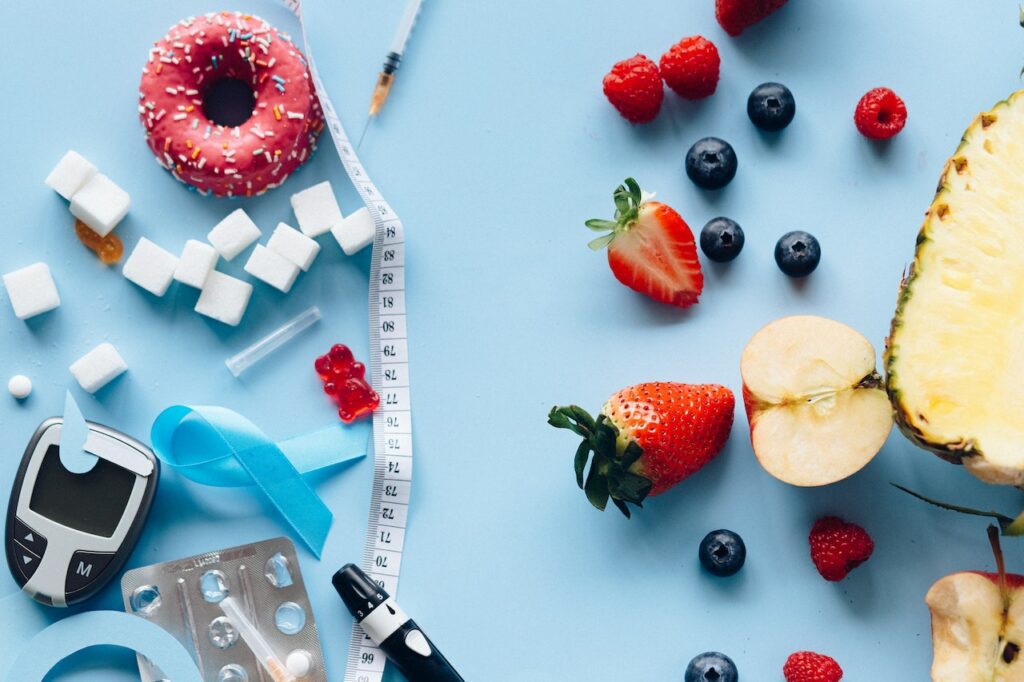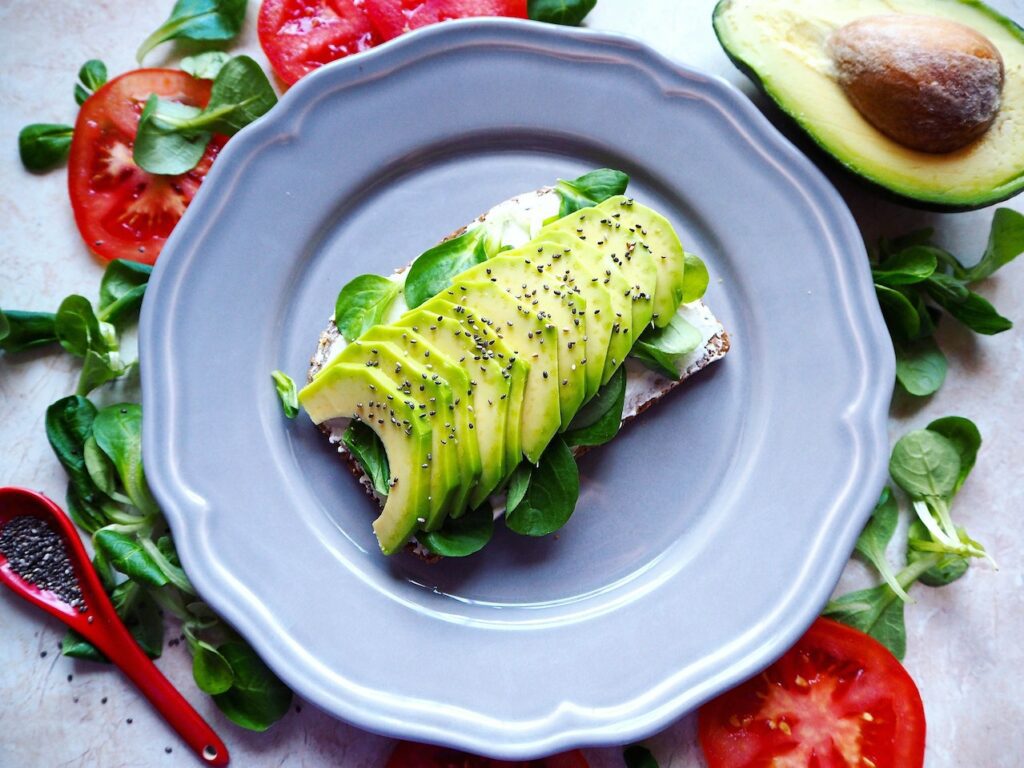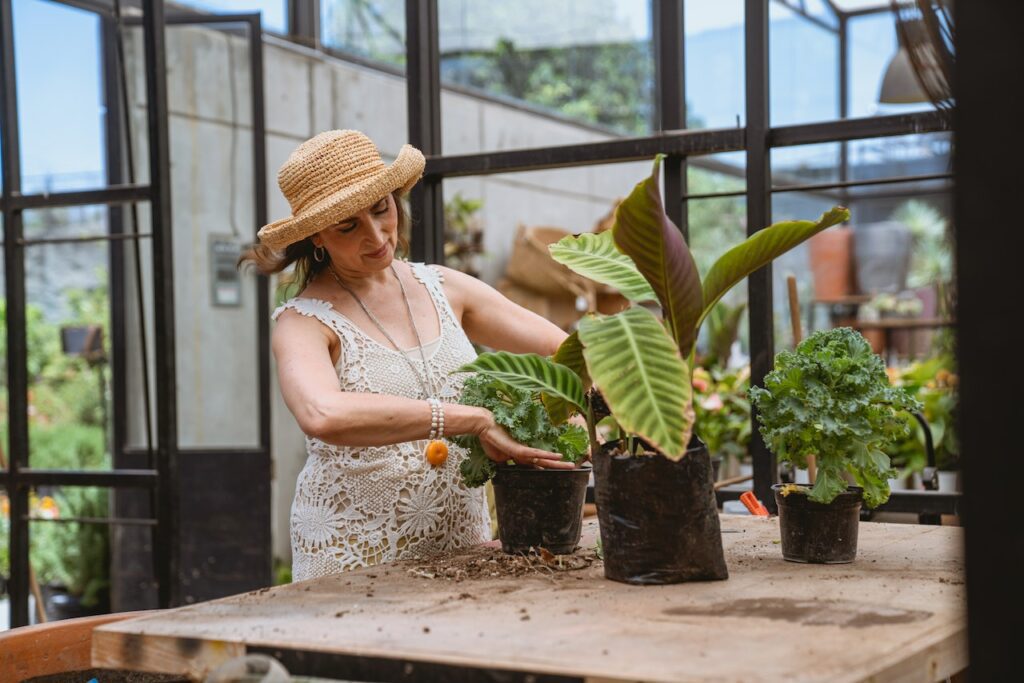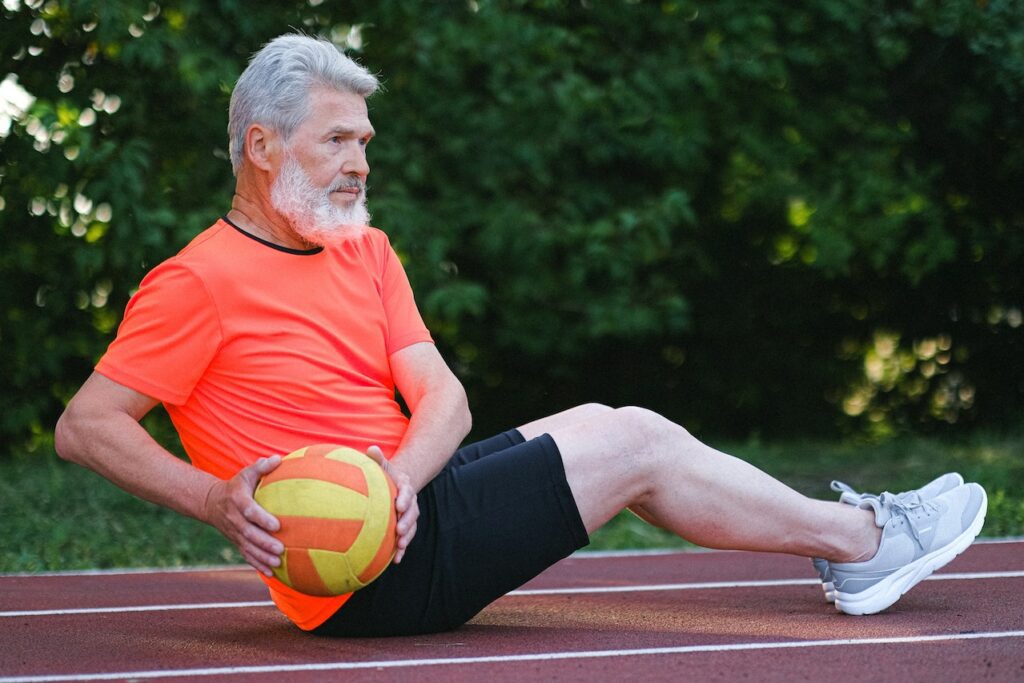Diabetes is very dangerous for elders especially in this day and age. In 2020, 26.8% of US seniors had diabetes, according to the ADA. Over 25% of seniors have this disorder and its possible repercussions, such as heart disease, renal failure, and eyesight loss.
But there’s a light at the end of the tunnel.
Nutritious meal choices may help maintain a healthy weight, boost physiological functioning, and control blood sugar. We may reduce our risk of diabetes, even in old age, by carefully choosing what we eat.
The 2013 Diabetes Care research “Diabetes, Glucose, Insulin, and Heart Rate Variability: The Atherosclerosis Risk in Communities (ARIC) study” highlighted the risks of diabetes in seniors. Diabetes considerably increases the risk of cardiovascular disease in the elderly.
In today’s post, we will cover seven foods that protect seniors against diabetes, including nutritional information and delicious recipes. If you’re ready to make better decisions for your long-term health, let’s begin!

Whole Grains
Retirees may avoid diabetes by eating whole grains. Dietary fiber, which regulates blood sugar, is rich in these cereals. Fiber slows digestion. Slower digestion prevents blood sugar and insulin surges, which may cause diabetes over time.
Whole grains retain their bran, germ, and endosperm. These grains include vitamins, minerals, and fiber. Whole grains’ nutritional richness helps manage blood sugar and improve health.
It is easy to eat entire grains. Start by switching to whole-grain bread or brown rice. Oats are a great whole grain breakfast option.
Quinoa Salad with Mixed Vegetables is a tasty way to include whole grains to your diet. This salad is simple and nutritious. Make it:
Ingredients:
- 1-cup quinoa
- 2-cup water
- Diced cucumber, bell pepper, and cherry tomatoes, 1/4 cup each.
- 1/4-cup feta
- Chopped basil
- Dressing: olive oil, lemon juice, salt, and pepper
Rinse quinoa in cool water until it runs clear to eliminate bitterness. Add twice the water to quinoa in a saucepan. The water should gently boil over medium heat. Cover and simmer the quinoa. Quinoa is delicate and fully absorbed after 15–20 minutes. Remove the heat and let it cool.
Prepare veggies while the quinoa cools. Cut cucumbers, bell peppers, and cherry tomatoes into bite-sized pieces. Try a quarter cup of each veggie, but adjust to taste.
Add chopped veggies to cooled quinoa in a large bowl. Add salty, creamy feta cheese to the salad.
Mix olive oil and lemon juice in a small bowl to season the salad. Add salt and pepper to taste. This light dressing will enhance the salad’s taste. Toss the salad to cover the quinoa and vegetables with the dressing.
Sprinkle your salad with fresh basil. Quinoa Salad with Mixed Vegetables gets a finishing scent from basil. Bon appetite!
Leafy greens
Everyone, even retirees, should eat leafy green vegetables. These low-calorie, high-fiber foods delay digestion and reduce blood sugar spikes. Leafy greens’ fiber helps manage diabetes.
These greens also include lutein and zeaxanthin, antioxidants. Antioxidants reduce inflammation and the risk of chronic illnesses like diabetes by fighting free radicals.
Many options exist to eat more leafy greens. Add spinach, kale, and arugula to spaghetti and soups or make colorful salads. Blending leafy greens with other healthy foods in a smoothie makes them easier to consume.
The Spinach and Kale Smoothie is a tasty, nutritious way to consume leafy greens. Here’s how:
Wash a handful of spinach and kale in cool water. Wash any dirt and grit. After, roughly cut and mix them. For sweetness and creaminess, mix one ripe banana. For added richness and healthy fats, use half an avocado. Add a cup of almond milk (or other non-dairy milk) for richness and smoothness. Add ice cubes to make your smoothie colder.
Simply mix the ingredients until smooth. Pour your green smoothie. You may top it with banana slices or chia seeds.
Et voilà! You have obtained a healthful and tasty Spinach and Kale Smoothie. It is suitable for a quick breakfast and a noon boost, giving nutrients to control blood sugar.
YOU MIGHT ALSO ENJOY READING: Top 8 Best Breakfast Foods for Seniors, According to Dietitians
Blueberries, Berries
Blueberries, strawberries, raspberries, and blackberries have several health advantages. Berries’ bright hues come from antioxidants like anthocyanins. Antioxidants fight inflammation and oxidative stress, which raise diabetes risk.
Berries are high in fiber. Diabetes management requires slowing sugar absorption into the circulation to avoid blood sugar spikes and drops.
Berries also include vitamin C, which boosts immunity and skin health. Vitamin C may help prevent and manage diabetes by improving blood sugar and insulin sensitivity.
Many tasty ways to eat more berries. They may be eaten fresh, added to morning cereal or oatmeal, added to salads for sweetness, or blended into smoothies. Add them to whole-grain muffins or pancakes for a healthy treat.
Blueberry and Chia Seed Yogurt Parfaits are delicious and healthful. This nutrient-rich parfait may be prepared smoothly and thoroughly:
Pick a handful of blueberries. Rinse them before use. Take two teaspoons of chia seeds. These tiny seeds are full of fiber and omega-3 fatty acids, making this meal even healthier.
A dish of Greek yogurt, blueberries, and chia seeds. Protein and probiotics in Greek yogurt assist digestion and keep you full.
For natural sweetness, pour honey or sprinkle stevia. Stir well to submerge the chia seeds in yogurt properly. Refrigerate this combination for two hours or overnight. Chia seeds swell when moistened, creating a pudding-like consistency.
Layer the blueberry and chia mixture with Greek yogurt in a glass to make a healthy parfait. Add additional fresh blueberries and granola for crunch.
Blueberry and Chia Seed Yogurt Parfait. This delicious, healthy meal lets you savor the richness of berries. Diabetes-friendly breakfast or midday snack.
Fat Fish
Fatty fish helps seniors avoid diabetes. EPA and DHA—healthy omega-3 fatty acids—abound in it. Healthy blood sugar levels need insulin sensitivity, which omega-3 fatty acids increase. Insulin sensitivity measures cell response to insulin. Your cells utilize insulin to absorb sugar better the more responsive they are.
Omega-3s reduce inflammation. Chronic inflammation causes insulin resistance, a key cause of diabetes.
Fatty fish contain omega-3s. Salmon, mackerel, sardines, trout, and albacore tuna. Grilling, baking, or broiling these fishes is healthier than frying. To get omega-3 fatty acids, eat fatty fish twice a week.
Grilled Salmon with Dill Sauce is excellent. Step-by-step instructions for making this delicious recipe:
Choose fresh salmon fillets. Omega-3 fatty acids and vitamin D make salmon healthy.
Just season the salmon with salt, pepper, and olive oil. Depending on fillet thickness, grill it skin-side down for 7–10 minutes. Always avoid overcooking fish while grilling. Fork-flaking salmon is done.
Prepare the dill sauce while cooking fish. Mix a cup of Greek yogurt, two teaspoons of lemon juice, two tablespoons of finely chopped fresh dill, and a clove of minced garlic in a bowl. Salt and pepper the sauce to taste. Mix thoroughly. Greek yogurt provides protein and smoothness.
Serve your salmon with a large tablespoon of dill sauce. Steamed veggies or a lush green salad complement salmon.
Grilled Salmon with Dill Sauce is heart-healthy, diabetes-friendly, and delicious.
Seeds and Nuts
Nutritionally dense nuts and seeds help control and prevent diabetes. They include monounsaturated and polyunsaturated fats that promote insulin sensitivity and blood sugar management. Avoiding type 2 diabetes by replacing saturated and trans fats with healthy fats is successful.
Nuts and seeds are also high in fiber. Fiber slows digestion, preventing blood sugar and insulin increases in diabetics.
They are also rich in magnesium, which helps the body utilize insulin. Numerous research have linked greater magnesium consumption to decrease diabetes risk.
Many tasty ways to eat nuts and seeds. They make a great snack alone or paired with dried fruits for trail mix. For extra nourishment, add them to salads, oats, cereal, or smoothies. Nuts and seeds may decorate yogurt or be used in baking.
Let us make a delicious Almond Butter and Flax Seed Smoothie. Here’s how to make this nutritious smoothie:
Add two teaspoons of almond butter to your blender. Monounsaturated fats, fiber, and magnesium in almond butter help manage and prevent diabetes. Add a spoonful of high-fiber, healthy-fat flax seeds.
Add a ripe banana to the blender to sweeten and creamify your smoothie. A cup of unsweetened almond milk or other non-dairy milk will make your smoothie smooth. Ice cubes will cool your smoothie.
Blend everything until smooth. Pour it into a glass for an Almond Butter and Flax Seed Smoothie.

Avocados
Avocados are great for diabetics. They include heart-healthy monounsaturated fats. Monounsaturated fats increase blood vessel function and lower insulin resistance, making insulin usage simpler.
Avocados include beneficial lipids and fiber. Slowing digestion helps treat diabetes by preventing blood sugar rise.
They are also a good supply of potassium, which maintains cell electrical gradients and has many other benefits. High potassium consumption reduces insulin resistance, making blood sugar regulation simpler, according to certain research.
Avocados are tasty and healthy. Avocado may replace butter or mayonnaise on whole grain toast, cream up salads, or thicken smoothies.
Guacamole-Stuffed Egg Whites are tasty and healthful. Preparing this nutritious snack:
- Boil six eggs. After boiling, peel and cut in half lengthwise. Separate the egg whites from the yolks. Egg whites provide protein and less saturated fat and cholesterol without the yolks.
- Mash one ripe avocado in a bowl until creamy and chunky for guacamole. Avocados provide heart-healthy monounsaturated fats to guacamole’s creamy texture.
- Add one diced tomato, a quarter cup of finely chopped onion, one jalapeño, and a handful of cilantro to the bowl. These substances enhance taste, texture, and nutrition.
- Add salt and pepper to taste and drizzle one lime over the mixture. Lime juice gives guacamole a tang and prevents avocado browning.
- Mix everything well. Simply dollop guacamole into each egg white half.
Your Takeaway
Diet is vital to treating and avoiding diabetes, particularly for seniors, but it is just one of a healthy lifestyle. Several lifestyle choices, like eating nutrient-dense meals, can avoid diabetes.
One is exercise. Exercise increases insulin sensitivity and cell efficiency, lowering the risk of high blood sugar. A daily stroll, light yoga, or swimming might be enough exercise. These low-impact exercises improve physical fitness without straining elders.
Another ignored diabetes preventive strategy is getting enough sleep. Quality sleep regulates metabolism, which influences dietary energy utilization and storage. Chronic sleep loss may cause weight gain and insulin resistance. Thus, a regular sleep pattern and unbroken sleep may help avoid diabetes.
Stress management also prevents diabetes. Overeating, inactivity, and poor sleep might raise diabetes risk due to chronic stress. Thus, stress management strategies like meditation, deep breathing, or soothing hobbies like gardening or painting might help avoid diabetes.














